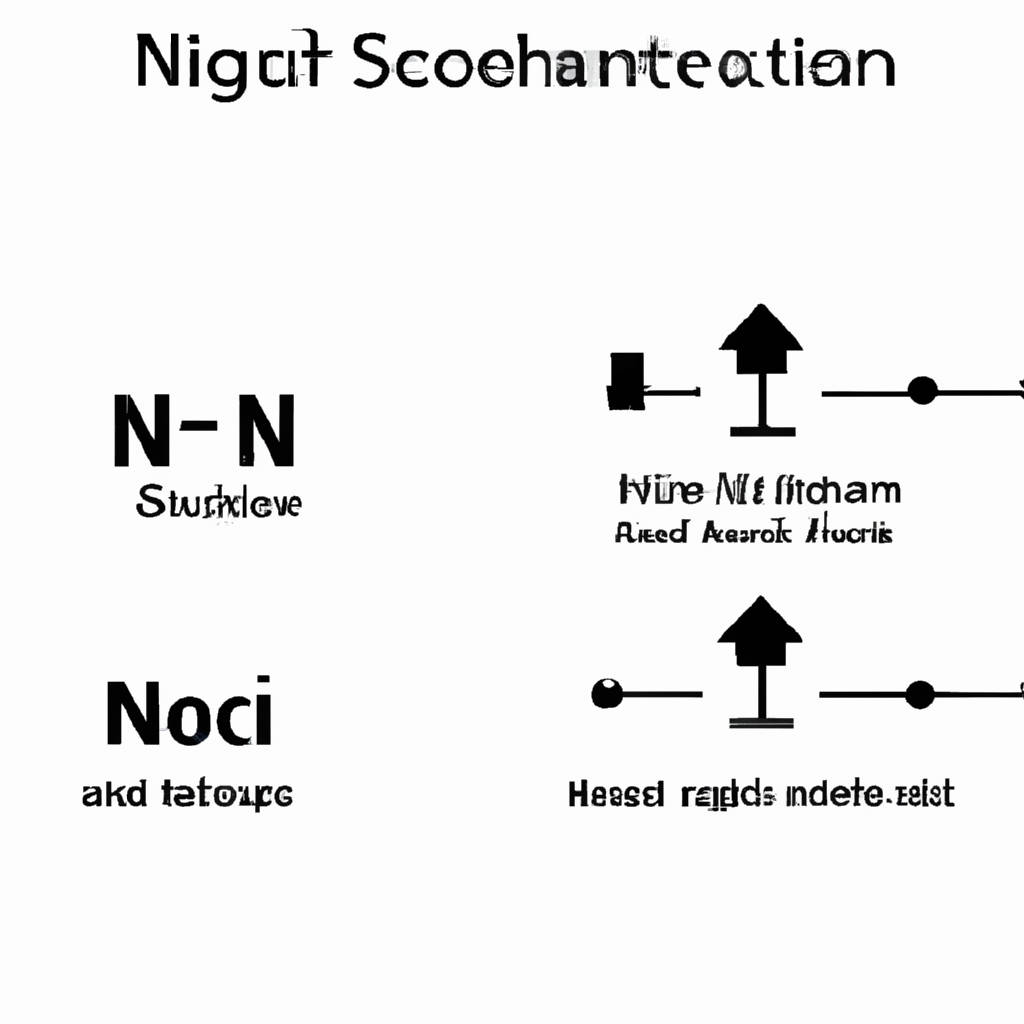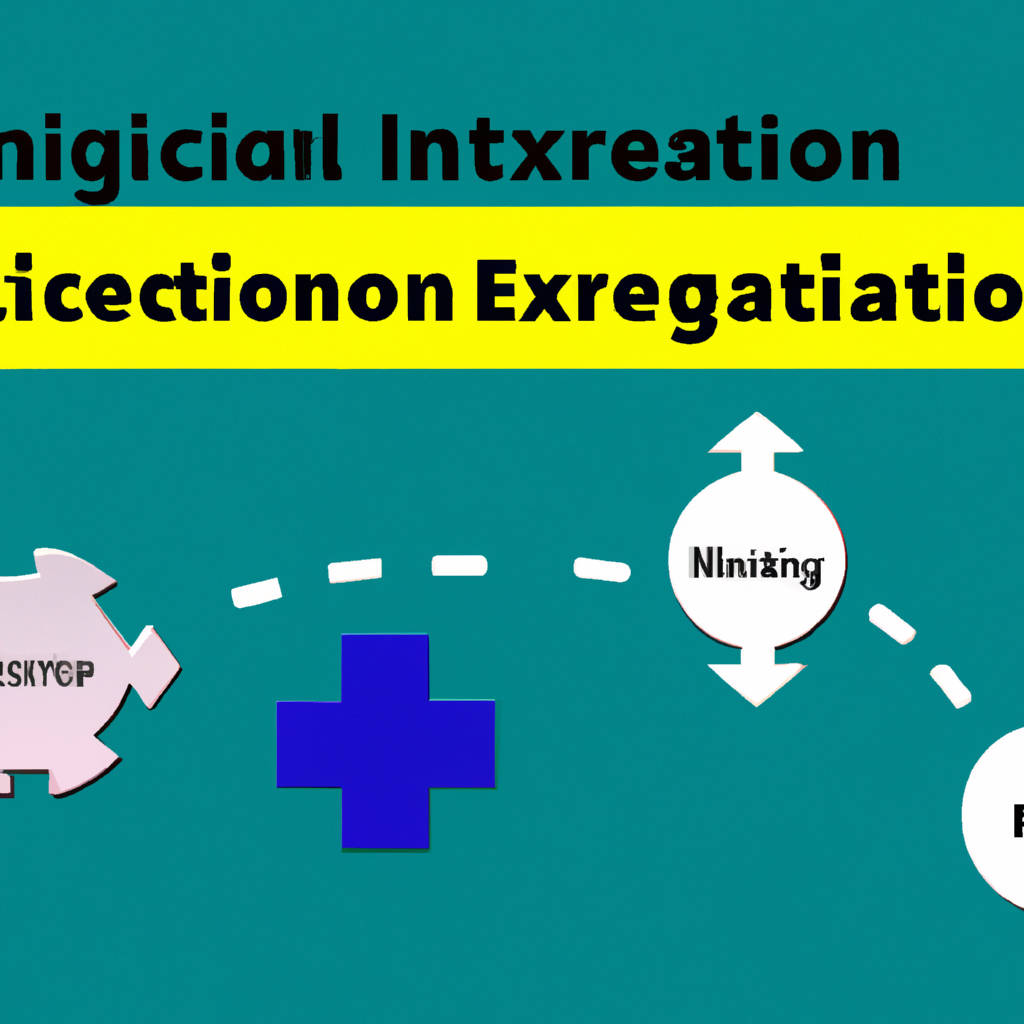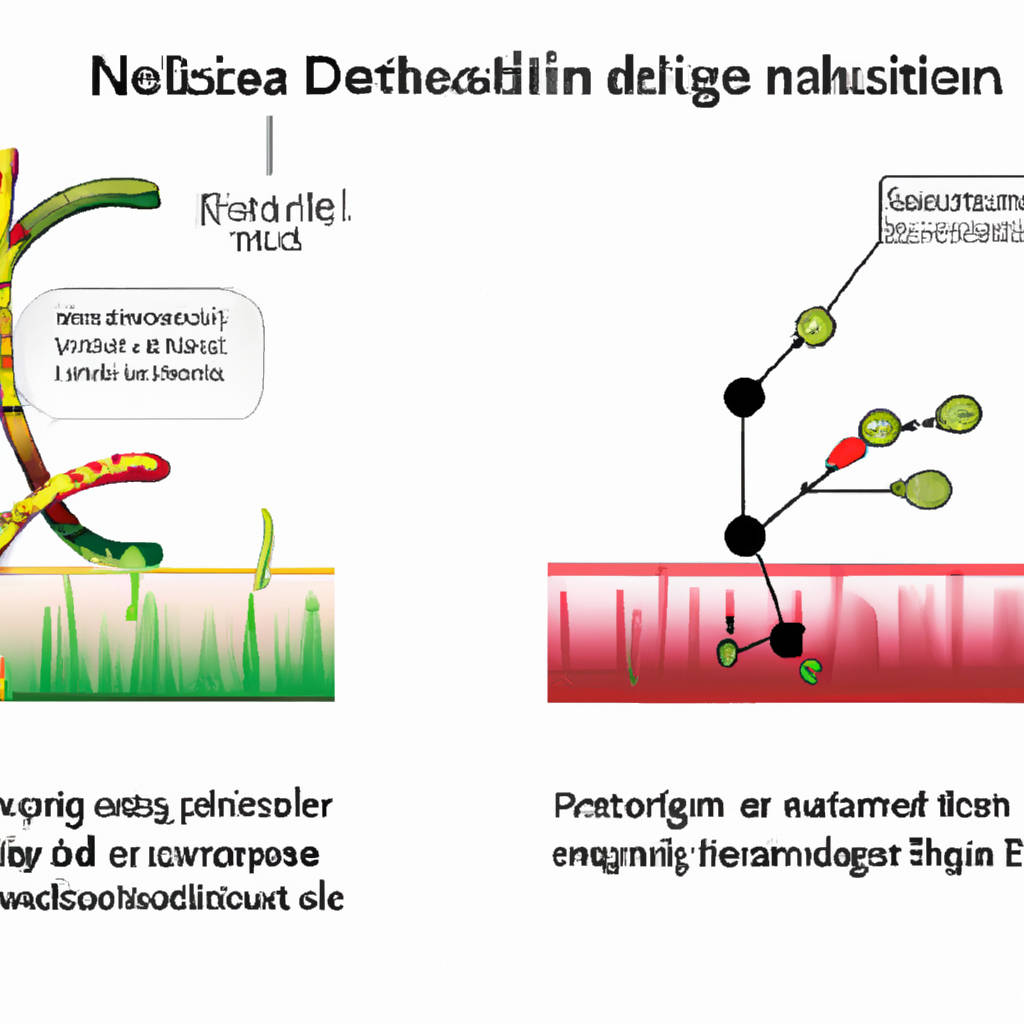Notch signaling is a highly conserved cell signaling pathway that plays a critical role in various developmental processes, as well as in the maintenance of tissue homeostasis in adult organisms. The pathway is named after the Notch receptor, which is a transmembrane protein that functions as a receptor for a family of ligands known as Delta and Jagged. Upon ligand binding, Notch undergoes a series of proteolytic cleavages that result in the release of the intracellular domain of Notch (NICD), which then translocates to the nucleus where it interacts with a transcriptional complex to regulate the expression of target genes.
Notch signaling is involved in a wide range of cellular processes, including cell fate determination, proliferation, differentiation, and apoptosis. Dysregulation of Notch signaling has been implicated in various diseases, including cancer, neurodegenerative disorders, and cardiovascular diseases. Therefore, understanding the basic components and function of the Notch signaling pathway is essential for the development of novel therapeutic strategies targeting this pathway for the treatment of human diseases.

Complexity Emerges: Multiple Ligands and Receptors
The topic of complexity emerging from multiple ligands and receptors in biological systems is a fascinating area of study in the field of molecular biology. Ligands are molecules that bind to specific receptors on cells, triggering a cascade of cellular responses. The interactions between ligands and receptors are highly specific and can vary depending on the type and number of ligands and receptors involved. In some cases, a single ligand may bind to multiple receptors, or multiple ligands may bind to a single receptor, leading to a complex network of signaling pathways.
This complexity can result in diverse and sometimes unpredictable cellular responses, making it challenging for researchers to fully understand the mechanisms underlying these interactions. However, by studying the interactions between multiple ligands and receptors, scientists can gain valuable insights into the regulation of various cellular processes, such as cell growth, differentiation, and communication.
Understanding the complexity of these interactions is crucial for developing new therapies and treatments for a wide range of diseases, including cancer, autoimmune disorders, and neurodegenerative diseases. By unraveling the intricacies of ligand-receptor interactions, researchers can uncover new targets for drug development and potentially improve the efficacy of existing treatments. Overall, the study of complexity emerging from multiple ligands and receptors is a dynamic and evolving field that holds great promise for advancing our understanding of fundamental biological processes and improving human health.
Crosstalk with Other Signaling Pathways: Integration and Regulation
Crosstalk with other signaling pathways is a common occurrence in biological systems, where multiple pathways interact and influence each other’s activities. This integration and regulation of signaling pathways allow cells to respond to a variety of stimuli and adapt to changing environmental conditions. By crosstalking with other pathways, cells are able to fine-tune their responses and coordinate complex biological processes. For example, the crosstalk between the MAPK and PI3K pathways plays a crucial role in regulating cell proliferation, survival, and differentiation.
Additionally, the integration of the Wnt and Notch signaling pathways is essential for proper development and tissue homeostasis. These interactions are tightly regulated to ensure proper cellular function and prevent aberrant signaling that can lead to disease. Dysregulation of crosstalk between signaling pathways is often associated with various pathological conditions, including cancer, autoimmune disorders, and metabolic diseases.
Understanding the mechanisms of crosstalk and how they are regulated is essential for developing targeted therapies that can modulate signaling pathways to treat these diseases. Overall, the intricate interplay between different signaling pathways highlights the complexity of biological systems and underscores the importance of studying how these pathways integrate and communicate with each other. By unraveling the mechanisms of crosstalk, researchers can gain insights into how cells perceive and respond to their environment, ultimately leading to advances in our understanding of disease processes and the development of novel therapeutic strategies.

Tissue-Specific Roles: Diverse Functions Across Different Cell Types
Tissue-specific roles refer to the unique functions that different types of cells perform within the various tissues of the body. Each cell type has a specific role to play in maintaining the overall health and function of the tissue in which it resides. For example, in the heart, cardiac muscle cells are responsible for generating the force needed to pump blood throughout the body, while in the lungs, epithelial cells help to facilitate the exchange of oxygen and carbon dioxide during respiration. These tissue-specific roles are essential for the proper functioning of the body as a whole, as each cell type contributes to the overall health and well-being of the organism.
One of the key reasons why cells have tissue-specific roles is due to their unique gene expression profiles. Different cell types express different sets of genes, which in turn give rise to the diverse functions that they perform within their respective tissues. For example, liver cells express genes that are involved in detoxification and metabolism, while skin cells express genes that are involved in protection and barrier function. This differential gene expression allows each cell type to carry out its specific role within the tissue, contributing to the overall health and function of the organ as a whole.
In addition to gene expression, the surrounding microenvironment also plays a crucial role in determining the tissue-specific roles of different cell types. The extracellular matrix, neighboring cells, and signaling molecules all influence the behavior and function of cells within a particular tissue. For example, immune cells in the lymph nodes are exposed to different signals and cues than immune cells in the skin, which leads to their specialization in responding to specific types of pathogens. This dynamic interplay between cells and their microenvironment helps to ensure that each cell type performs its unique role within the tissue, ultimately contributing to the overall health and function of the organism.
Implications for Disease and Therapeutic Targeting: Notch Signaling Dysregulation
Notch signaling dysregulation has significant implications for disease development and therapeutic targeting. The Notch signaling pathway plays a crucial role in various cellular processes, including cell proliferation, differentiation, and apoptosis. Dysregulation of this pathway has been implicated in a wide range of diseases, including cancer, cardiovascular disorders, and neurodegenerative conditions. In cancer, aberrant Notch signaling has been linked to tumor initiation, progression, and metastasis, making it an attractive target for therapeutic intervention. By targeting the Notch pathway, researchers hope to develop more effective treatments for cancer and other diseases where Notch dysregulation plays a role.
One of the key challenges in targeting Notch signaling for therapeutic purposes is the complexity of the pathway and its diverse roles in different cell types and tissues. Notch receptors and ligands are expressed in a wide range of cell types, and their interactions can lead to a variety of outcomes depending on the cellular context. This complexity poses a challenge for developing therapies that selectively target Notch dysregulation without causing unwanted side effects. Despite these challenges, researchers continue to investigate novel approaches for targeting the Notch pathway in disease.
In addition to its role in disease development, Notch signaling dysregulation also has implications for therapeutic targeting in regenerative medicine. The Notch pathway plays a critical role in tissue regeneration and repair, and manipulating Notch signaling could potentially enhance the effectiveness of regenerative therapies. By understanding how Notch signaling influences tissue regeneration, researchers may be able to develop new strategies for promoting healing and tissue repair in patients with injuries or degenerative diseases.
Overall, the dysregulation of Notch signaling has far-reaching implications for disease development and therapeutic targeting. By elucidating the complex roles of the Notch pathway in different diseases and tissue types, researchers hope to develop more targeted and effective therapies for a wide range of conditions.

Final Thoughts
As we come to the end of our discussion, it is important to reflect on the various perspectives and ideas that have been shared. It is clear that there are differing opinions on the matter at hand, and it is important to consider all viewpoints before coming to a conclusion. Ultimately, it is up to each individual to make their own decision on how to proceed. It is important to remember that there is often not a clear-cut answer to complex issues, and it is essential to approach each situation with an open mind and a willingness to listen to others.
In the end, it is important to remember that our actions have consequences and it is crucial to consider the potential impact of our decisions on ourselves and others. It is only through thoughtful reflection and consideration that we can navigate the complexities of life and make choices that align with our values and beliefs. As we move forward, it is important to keep in mind the importance of empathy, understanding, and respect for others, even when we may not agree with their perspective. By approaching each situation with an open heart and mind, we can work towards creating a more harmonious and understanding world for all.
